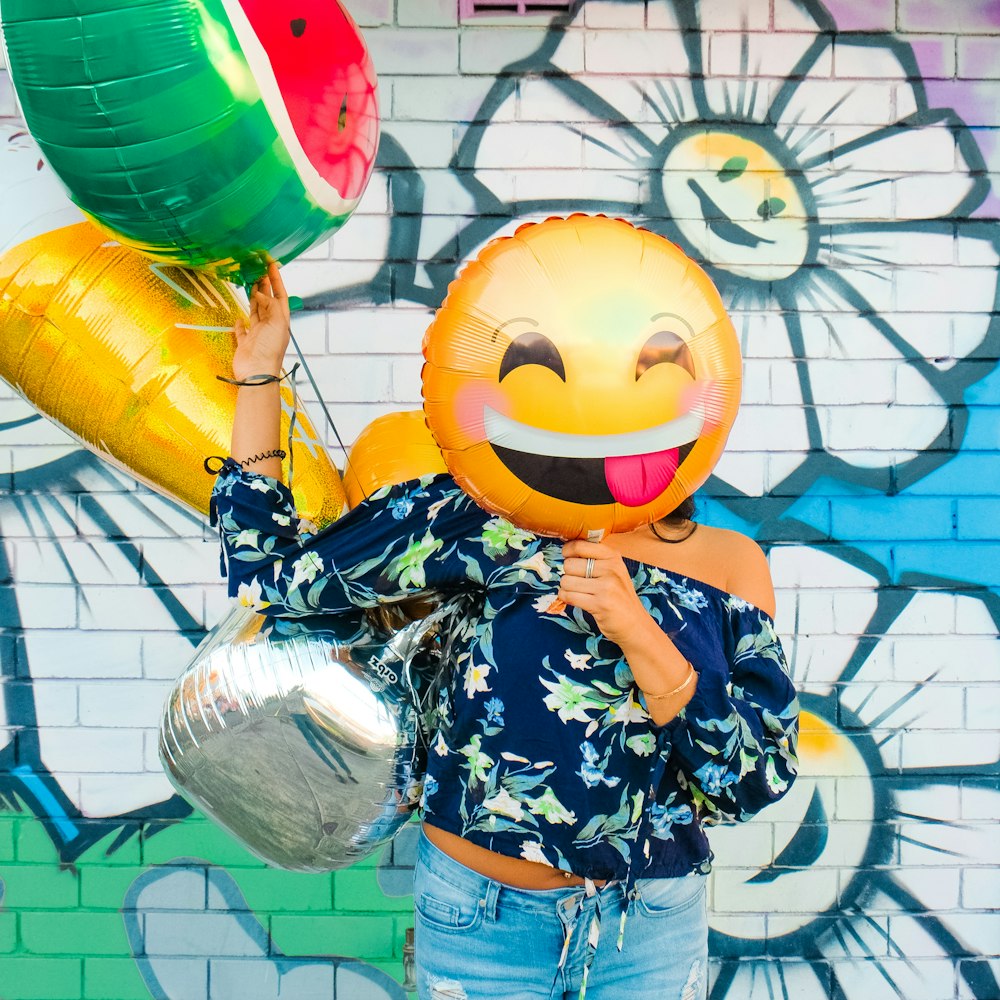Spanish Level 3- Face-to-Face Activities
😝 Spanish Level 3, Activity 03: Emoji Bingo/ Lotería de Emojis (Face-To-Face)
Description: Students will practice discussing their preferences, as well as defending and supporting their ideas. Students will learn topics through a game of bingo and express how relevant certain ideas are in comparison with others. Students will use technology to communicate with peers about their preferences on a variety of topics.
Semantic Topics: Emoji, bingo, situations, preferences, technology, defend opinions, lotería, situaciones, preferencias, tecnología, defender opiniones
Grammatical Topics: Conditional tense, el condicional
Practices: Expressions of emotions in Spanish (ex: me siento enojado, estoy feliz, tengo hambre)
Perspectives: The importance of emotions in everyday life
- Standard 1.1 Students engage in conversations, provide and obtain information, express feelings and emotions, and exchange opinions.
- Standard 1.2 Students understand and interpret spoken and written Spanish on a variety of topics.
- Standard 1.3 Students present information, concepts, and ideas in Spanish to an audience of listeners or readers on a variety of topics.
Idaho Content Standards for World Languages:
- COMM 1.1 – Interact and negotiate meaning (spoken, signed, written conversation) to share information, reactions, feelings, and opinions
- COMP 1.1 – Observe formal and informal forms of language.
- COMM 3.1 – Present information, concepts, and ideas to inform, explain, persuade, and narrate on a variety of topics using appropriate media in the target language.
NCSSFL-ACTFL Can-Do Statements:
- I can give reasons for my preference
- I can share my opinion about why an emoji represents an appropriate reaction to a text message
- I can use technology, including emojis, to communicate with peers in the target culture
Materials Needed:
- Google Slide Presentation (hyperlinked)
- Emoji Bingo Cards
- Whiteboards
- Dry or Wet Erase Markers
- Situation Cards
Would you like to make changes to the materials?
Access the template(s) below:
- Emoji Bingo Cards (Canva Template, free account required)
- Situation Cards (Canva Template, free account required)
Need help with customizing the templates? View this video for help.
Warm-Up
- Begin by introducing the Can-Dos for today’s activity. Display the Google Slideshow presentation on the projector for students to see.
Hoy vamos a charlar sobre los medios de comunicación. Vamos a hablar de diferentes situaciones y como reaccionaríamos. También vamos a comparar las diferentes maneras de reaccionar a las situaciones y cuales son más apropiadas que otras. - In group answer the following questions:
- ¿Cuál es tu emoji más usado? (What is your most used emoji?)
- ¿Hay un emoji que todavía no existe pero te gustaría que existiera? (Is there an emoji that doesn’t exist but you would like for it to exist?)
- ¿Cuál es tu emoji favorito? (What is your favorite emoji?)
- ¿Qué emoji jamás usarías? ( What emoji would you never use?)
Main Activity
- Pass out Emoji Bingo Cards to students and read the situation card. Students will match an emoji to the given situation.
Voy a leer una oración y deben escoger el emoji que piensan que mejor describe la situación. Después voy a decir que emoji es el ‘correcto’ para la situación pero si tienes otro, pueden defender su razonamiento para quedarse con ese emoji y cuadro. - After the students have selected their emojis, ask them to give justification for their choices. Those who get it correct or have one that makes sense will mark the emoji off on their bingo card.
Yo voy a ser el juez y voy a juzgar si el emoji que escogieron es apropiado. O preguntar ¿por qué eligieron este emoji? Las personas que eligieron un emoji apropiado pueden marcar ese emoji en la carta de bingo. - Whoever gets bingo first wins. Have students clear their boards and start again (4 corners, blackout, etc.)
¡La persona que saque bingo primero gana! Ahora borran sus tablas y volveremos al comienzo.
Wrap-Up
Ask students the following questions to finish the activity:
1. ¿Es posible que los emojis puedan representar cada emoción? (Is it possible for emojis to represent every emotion?)
2. Si tuvieran que elegir sólo un emoji para el resto de sus vidas, ¿cuál elegirían? (If you had to choose one emoji to use for the rest of your life, which would you choose?)
End of Activity
- Read Can-Do statements once more and have students evaluate their confidence.
(Use thumbs up/thumbs down or download our student cards) - Encourage students to be honest in their self-evaluation.
- Pay attention, and try to use feedback for future activities!
NCSSFL-ACTFL Can-Do Statements:
- I can give reasons for my preference
- I can share my opinion about why an emoji represents an appropriate reaction to a text message
- I can use technology, including emojis, to communicate with peers in the target culture
Cultural NOtes:
- Spanish Lesson: How to express preference
- Expressing Preference In Spanish Videos
- How To Express Your Feelings In Spanish
How to Revise or Remix a Pathways Project Activity
Feeling creative? The Pathways Project needs your help in revising and remixing activities for the K-16 language classroom.
Try taking an activity to the next level by:
- Add new content (something you’ve created or another OER source)
- Contribute additional activity suggestions
- Integrate authentic materials such as videos, infographics, photos, etc.
- Suggest how to implement the activity in the classroom
- Customize the content for a specific audience or group of learners (for example, K-5 learners or to differentiate for student’s needs)


